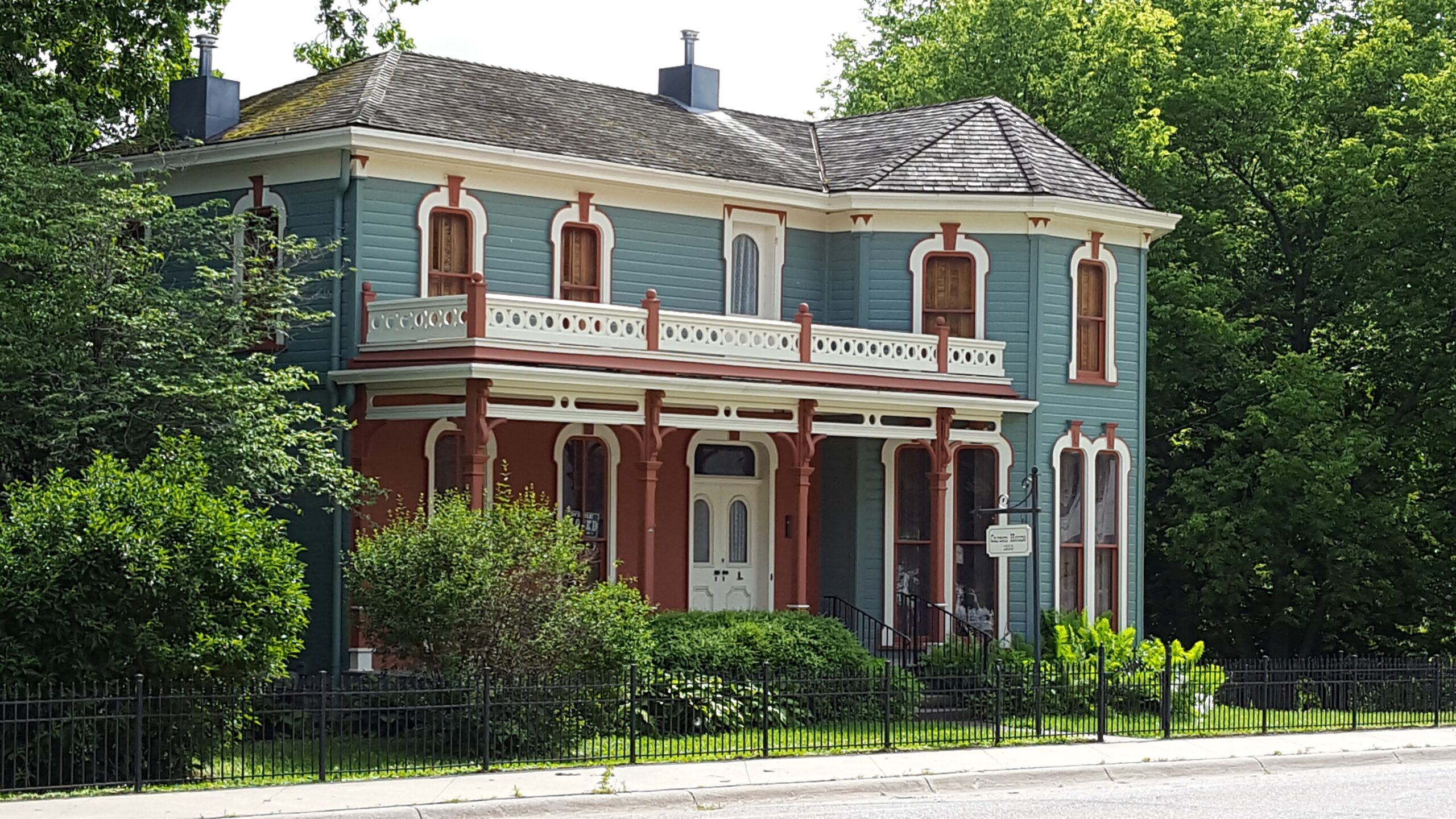From the aesthetic to the practical, home shopping is a large process but can be an enjoyable one when carried out with patience and preparation. As long as one has a good idea of their preferences and needs, the following essential aspects can be incorporated and planned effectively.
Desired Features
Aside from functional needs, one’s dream home likely will have some specific features and amenities. This could be having a clawfoot bathtub separate from the shower, a specific number of bedrooms, or modern innovations like under-floor heating, to name a couple of possibilities. Being somewhat picky in this instance is not such a sin, as having one’s ideal living space is an important investment to be enjoyed.
Desired Style
The larger style and construction of a home is another essential factor. There are those who prefer living in condos or townhouses. However, separate and individual homes allow for much more customization, especially on the outside. From elaborate historic properties to strictly modern abodes to the many that fall somewhere in between, there is a huge array of aesthetics out there. It’s up to each home shopper to decide where they would feel most comfortable and proud to reside.
Location and Size
Apart from the actual property and house, home shoppers must also take into consideration the surrounding community and background. It is absolutely crucial to investigate the offerings of each area where home candidates are located, lest one move and realize the location is less than ideal. Some are not too picky about the community into which they move, while others put a lot of importance into having local nightlife or cafes within walking distance.
Similar to neighborhood and community considerations, the land on which a home lies is permanent. Some features, like plants and landscaping, can be altered significantly, but other factors, like backyard size, are inalterable. The size of the home itself and the space layout is also important to consider for one’s needs.
Age and History
This one ties into style, although there are also many practical aspects of a home’s age. Older homes often have an alluring charm and a deeply rooted ambiance, though they can be more costly with upkeep. Newer homes, on the other hand, typically incur minimal costs as far as repairs, etc., are concerned and can feature newer innovations from the simple to the luxurious. These homes don’t have the same “lived-in” feel as older homes, so one’s preferences are the deciding factor.
Costs
Finally, the practical matter of costs is crucial, as one’s means decides the range of homes available. Financial planning for a house includes the cost of the house itself, of course, how much one can put forth as a down payment, and one’s options as far as a mortgage loan. Costs also include utilities, taxes, commission for any real estate professionals, and any potential association fees. Once one has submitted an offer on a home, the realtor can further assist with this planning process, requesting that the current owners disclose an estimated picture of the actual costs of living on the property.


